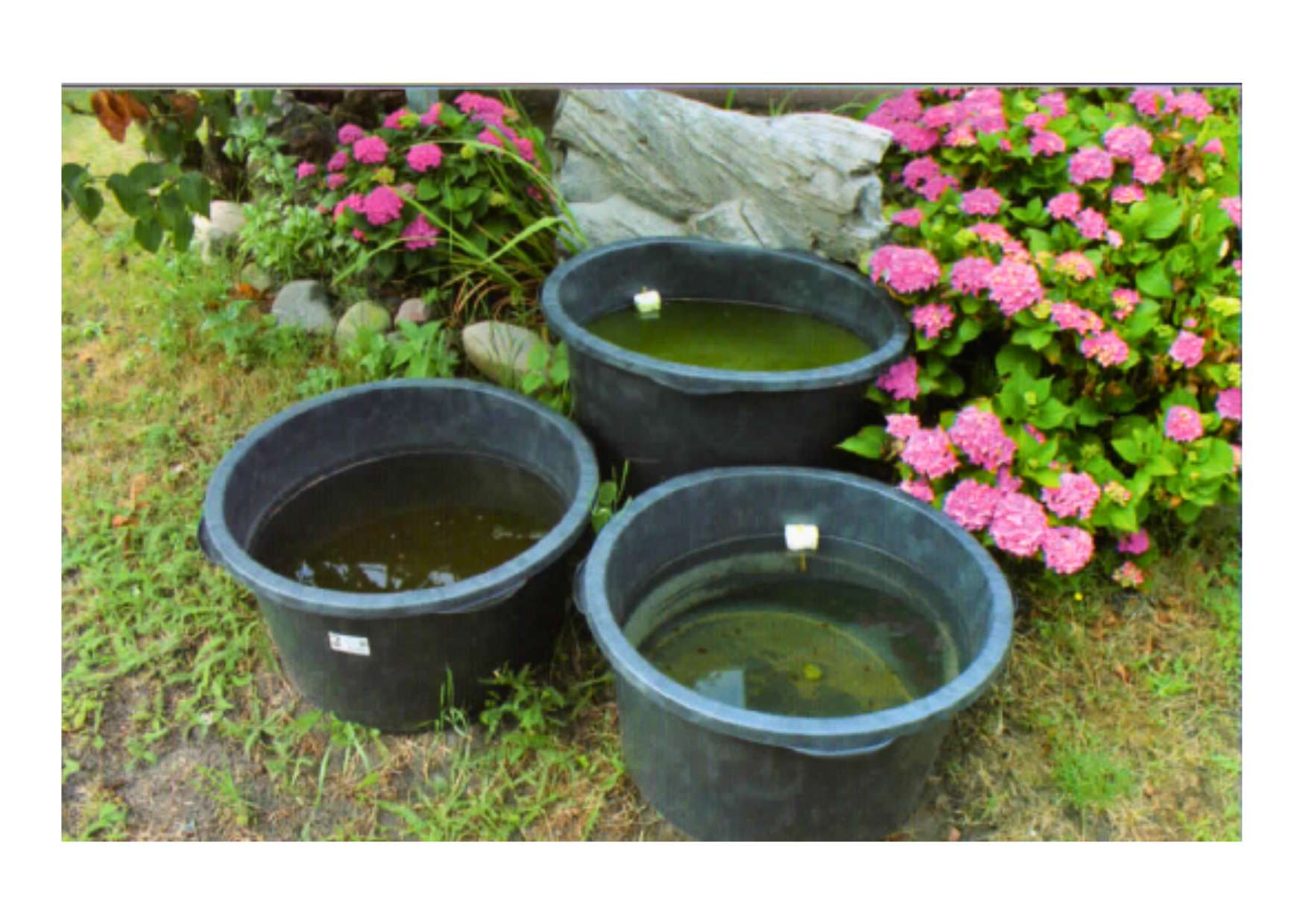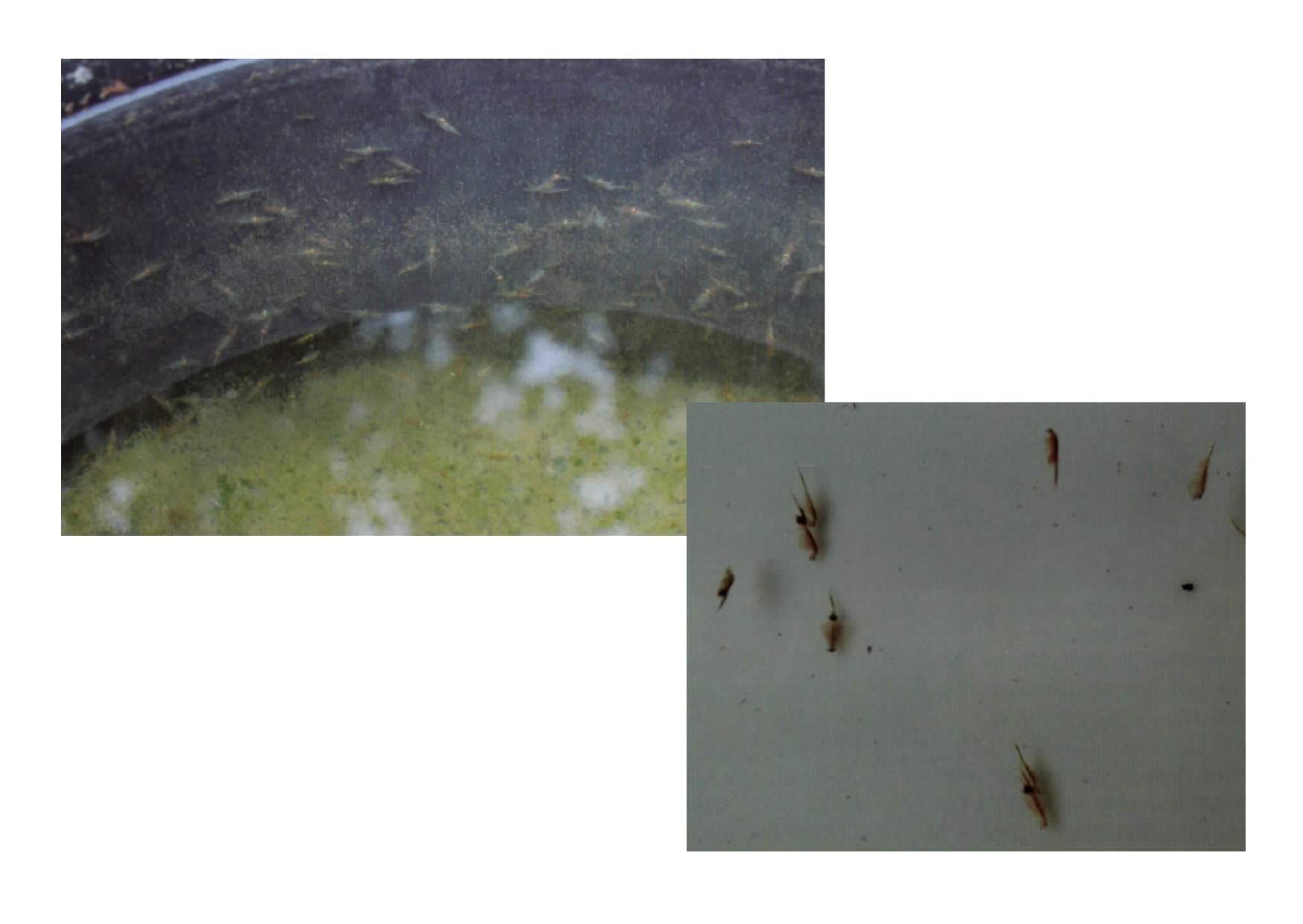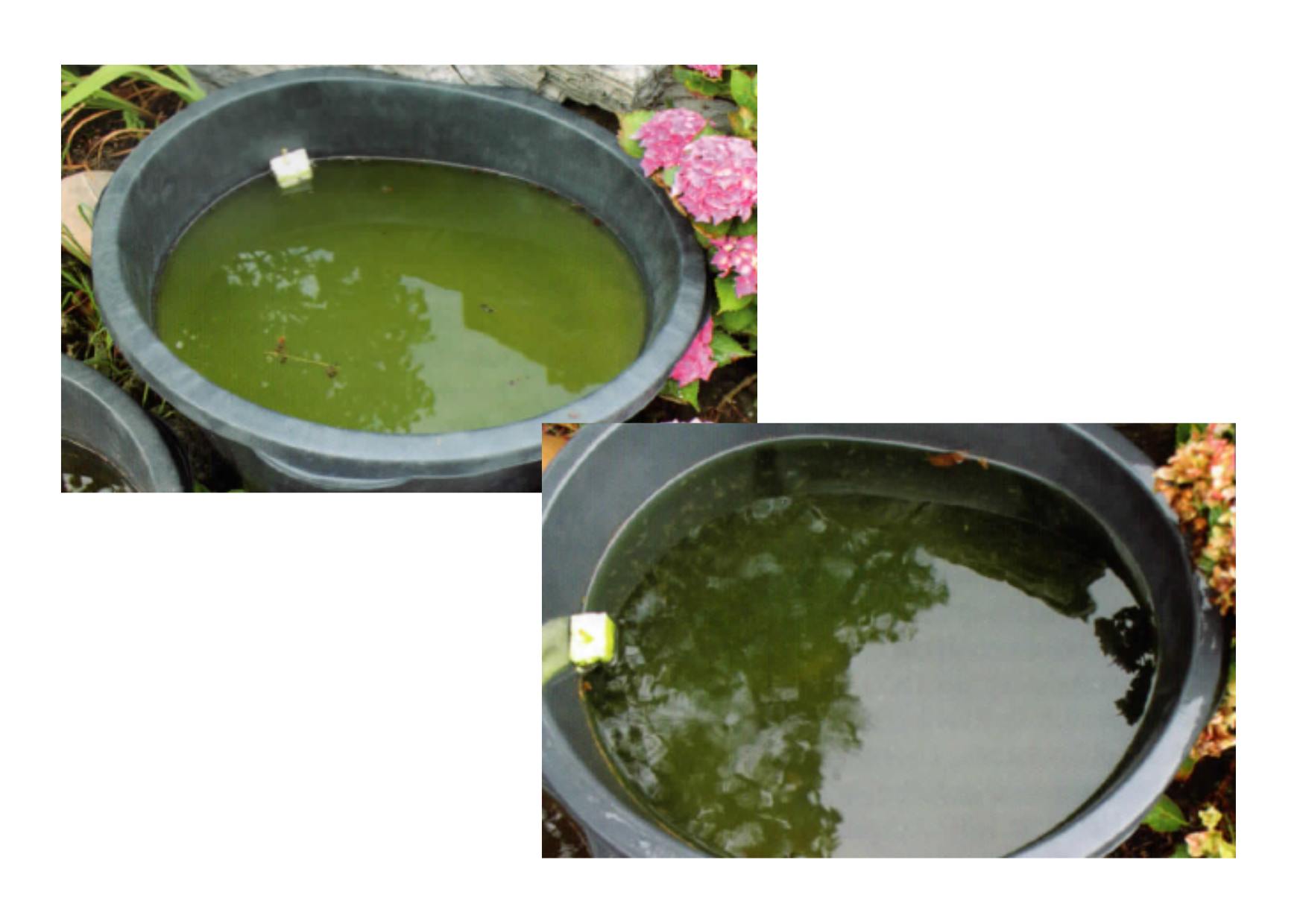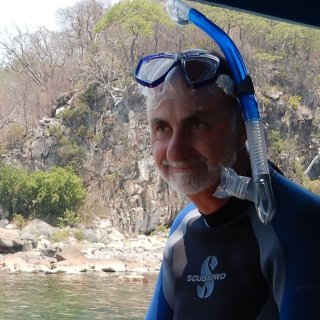The brine shrimp of the species Artemia are known to many aquarists only as frozen or nauplii food. However, breeding these ancient crustaceans as high-quality live food is easier than expected! While Artemia salina primarily serves as first food, the robust species Artemia franciscana is excellently suited for one's own outdoor cultivation.
Artemia is actually well known to every aquarist. Usually in the form of feed or as a starter for feeding the nauplii to the fry. However, less known is the breeding and raising of the brine shrimp to use them as live feed. It is not Artemia salina, which we know as first feed from aerated cultures.
The live feed culture of these crustaceans works best with Artemia franciscana, a European species that is well adapted to our climate and therefore relatively easy and requires only minimal effort.
Some notes on Artemia franciscana
This species is native to North America, the Caribbean, the Pacific region, and Australia. There, they live in highly saline inland waters, where there are neither predators nor food competitors. However, the salinity and purity of these waters can vary greatly.
Artemia franciscana can only exist there due to its high adaptability and the ability to produce dormant eggs, which can survive for years, to hatch under suitable conditions. To feed, the Artemia filter algae and microorganisms from the water.
Artemia franciscana reaches a length of about 1–2 cm. They move forward in the water with their paddle feet, the body is colorless but can turn red in low-oxygen environments. This red coloration occurs because Artemia franciscana is capable of increasing the hemoglobin content in its blood when needed to absorb more oxygen. Male Artemia have two claspers at the head end, unlike females, with which they hold onto females during mating. The egg sacs of the females are easily visible to the naked eye.
Artemia franciscana can easily be cultivated on the balcony, terrace, or in the garden, for example, in masonry/mortar buckets from the hardware store.
To have enough live feed available, I decided to set up three buckets. Whether the buckets are round or rectangular does not matter. A first attempt with 60L of rainwater from the garden barrel and 2kg of iodine-free table salt unfortunately failed, I could not determine why. The next attempt with 60L of tap water mixed with 2kg of sea salt worked flawlessly. It is important that the containers receive plenty of sunlight for algae growth.
Before I added the Artemia eggs, I let the culture sit for about two weeks and stirred it several times daily. The addition of a little dry yeast during this time supports the formation of microorganisms. The containers do not need to be aerated unlike the nauplii hatching.
After I added the eggs, I stirred the culture daily to prevent any eggs from sticking to the edge of the container. For hatching, Artemia franciscana requires a water temperature of over 20°C. For rearing, a water temperature of 10°C - 27°C is recommended. I did not notice any disadvantages in my cultures even during the hot summer days this year, with water temperatures of up to 35°C.
I initially fed the cultures daily with the included rearing feed and later with a little (a knife tip) dry yeast or spirulina powder. Chlorella algae are also said to be suitable as feed. Mix the spirulina powder with culture water in a glass and simply add the solution to the bucket.
Even in winter, a thin layer of ice on the culture should not be detrimental, so if it is not too cold, some animals can survive and the culture can restart in early summer. The evaporated water can be topped up with tap water. Salting is not necessary, as only pure water evaporates during the evaporation process. My garden culture can be seen in the attached photos.
I hope my contribution has encouraged some readers to try this and offer the animals a very high-quality live feed and I wish you much success in replicating it!
Breeding/start cultures can be purchased for a small price at www.aq4aquaristik.de.
Sources:
Drewes, Oliver: Artemia - The Brine Shrimp. Vivaria Verlag, 2007. ISBN 978-3981041279.
Wikipedia: Artemia. Last updated: September 28, 2025, 18:32 UTC. (Accessed: November 2, 2025).
AQ4Aquaristik: Brine Shrimp Breeding and Care Instructions. Flyer/Handout.




